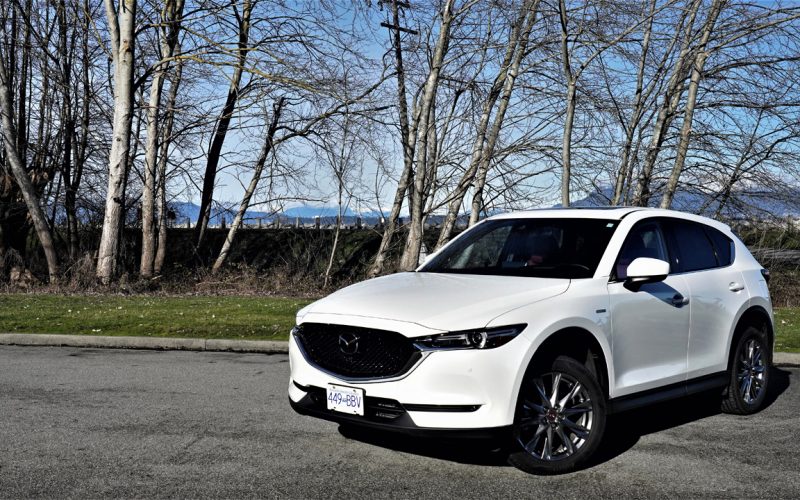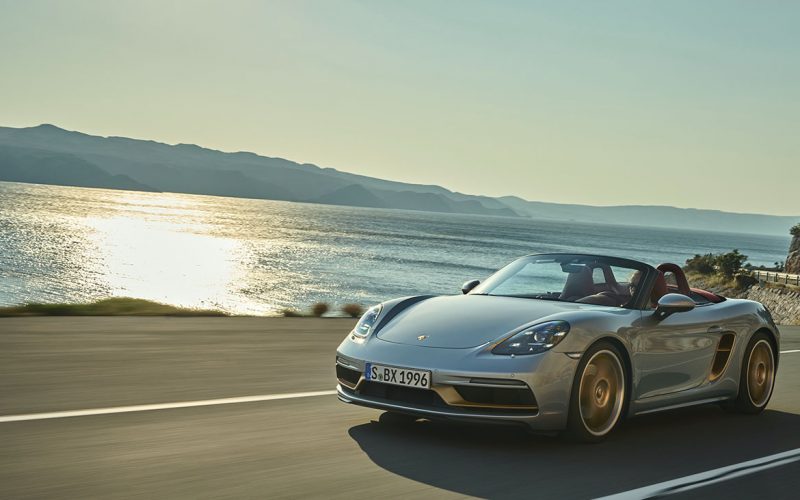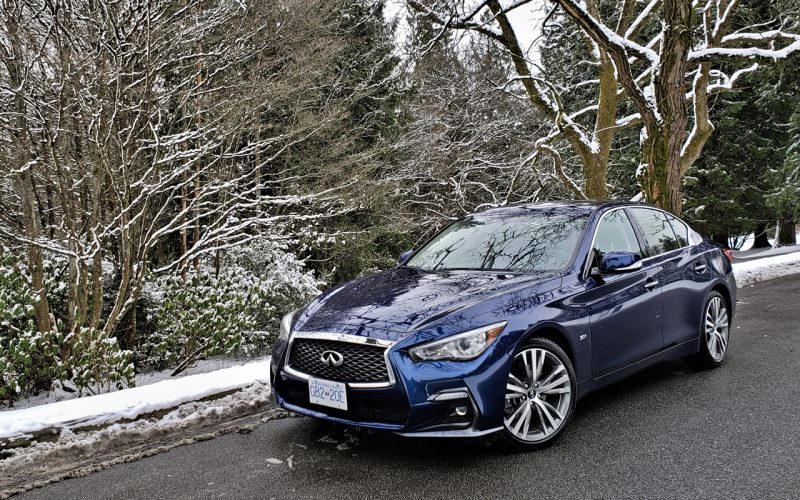
Reading Time: 9 minutesHas Mazda really been around 100 years? The independent Japanese brand celebrated its centenary this year,

Reading Time: 5 minutesFew sports car concepts excited the motoring masses like the original Porsche Boxster prototype did when

Reading Time: 12 minutesThe Infiniti Q50 has been one of few sport-luxury sedans that found continued success despite the
© 2025 The Car Magazine. All Rights Reserved, Privacy Policy | Terms of Use